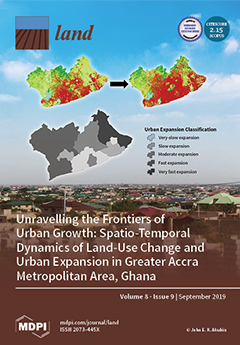Resource information
Valley bottomland provides diverse agricultural and ecosystem benefits. Due to concentrated flow paths, they are more vulnerable to gully erosion than hillslope areas. The objective of this review was to show what caused valley bottoms gullies and to present deficiencies in existing rehabilitation measures. From the literature review, we found the following general trends: watershed characteristics determine location of valley bottom gullies; an increase in water transported from the watershed initiates the formation of gullies; the rate of change of the valley bottom gullies, once initiated, depends on the amount of rainfall and the soil and bedrock properties. Especially in humid climates, the presence of subsurface flow greatly enhances bank slippage and advancement of gully heads. Valley bottom gully reclamation measures are generally effective in arid and semi-arid areas with the limited subsurface flow and deep groundwater tables, whereas, for (sub) humid regions, similar remedial actions are not successful as they do not account for the effects of subsurface flows. To ensure effective implementation of rehabilitation measures, especially for humid regions, an integrated landscape approach that accounts for the combined subsurface and surface drainage is needed.


